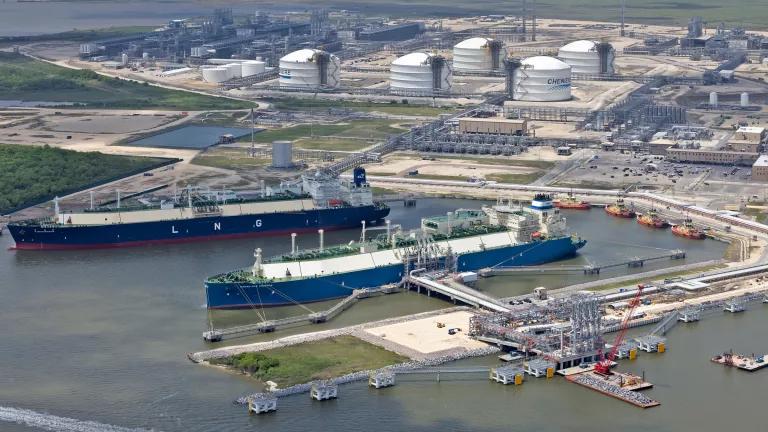Draft Negotiating Text at Climate Negotiation in Mexico Strikes Right Balance to Move Forward

A new draft negotiating text was just released at the global warming negotiations in Cancun, Mexico. The draft is still subject to debate by all countries, but on quick review it contains the important elements that help to begin to implement the agreements reached in Copenhagen last year. And the Mexican Foreign Minister Espinosa just received a very, very long standing ovation for her effort to pull this together. I have never seen that kind of reception for a document which hasn’t yet been adopted.
Here are some key initial thoughts on important elements.
Commitments by countries to take action to reduce emissions. The agreement reaffirms the commitments by countries to implement their specific actions to reduce emissions that they made in Copenhagen. In Copenhagen, countries accounting for over 80% of the world’s emissions made specific commitments to reduce their emissions at home. If agreed, the draft decision would mark a continued commitment to implement these actions in a countries domestic laws and policies.
Improving transparency and accountability. It also contains important decisions that would begin to implement details on the agreement to increase the transparency and accountability of countries emissions and actions. It would require that developed countries improve their reporting of emissions and actions (para 40), including submitting annual emission inventories, details on progress in implementing their emissions reduction actions, and financial support to aid developing countries in reducing emissions and adapting to the impacts of climate change.
It would also require that developing countries improve their reporting on emissions and actions (para 60-62). Developing countries would report every 2 years their emissions and actions. And these would be subject to domestic monitoring, reporting, and verification “in accordance with guidelines to be developed under the Convention” (para 62). The agreement would create a new technical analysis of a countries report on its emissions and progress in reducing their emissions (para 63-64) through “international consultation and analysis” (ICA). The process for ICA includes the key elements proposed by the Indian’s, including a technical analysis of the countries reports and a formal dialogue to discuss the content of those reports (e.g., the emissions inventories, data and assumptions, and information on the countries domestic verification system).
Make progress on efforts to reduce deforestation emissions, speed up the deployment of clean energy, and assist developing countries in adapting to the impacts of climate change. We’ll give more detail later, but here are some initial thoughts. The draft would create a “Green Climate Fund” to help mobilize needed investments in developing countries to reduce their emissions and adapt to climate change (para 102-111). It would create “centers and networks” (para 117 and para 123) to help developing countries tap into key expertise in their efforts to deploy clean energy and help connect countries to the growing number of financing opportunities. And it would develop adaptation institutional arrangements to assist the most vulnerable that are already feeling the impacts of climate change (para 11-35).
-------------
We’ll be here all night to see how countries react to this draft text. We are close to finalizing a promising agreement to show that the world can come together to fight global warming.




